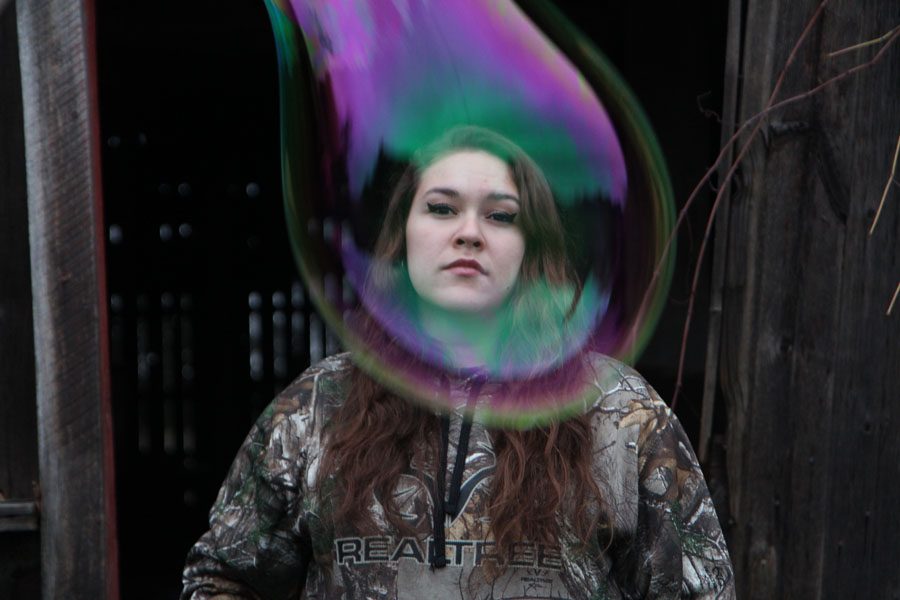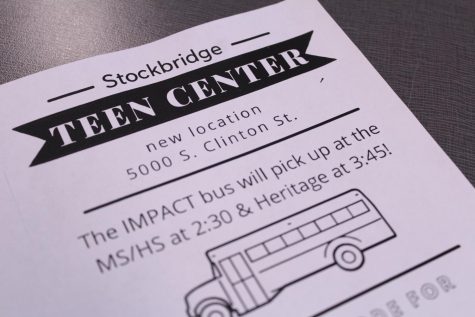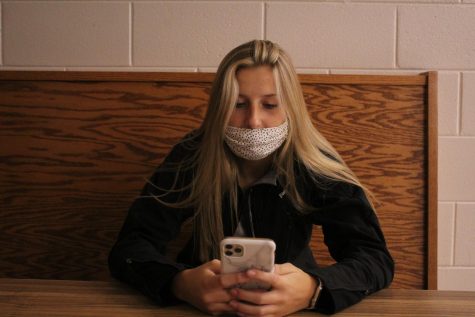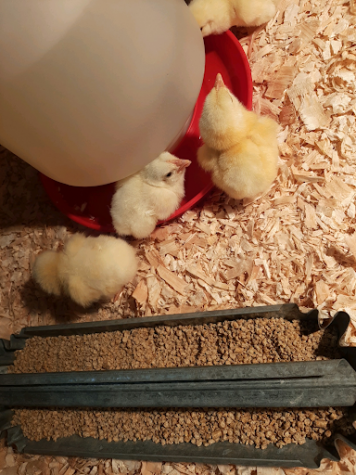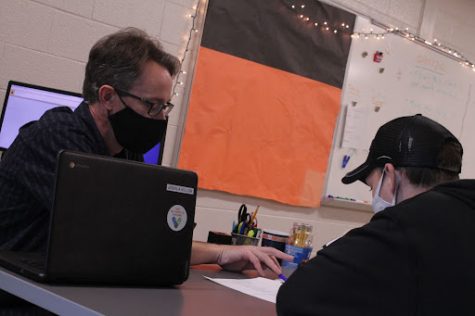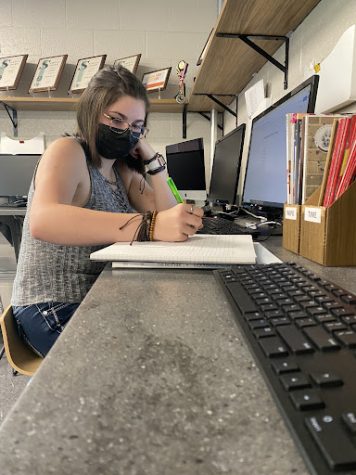Culture shock in a rural town
Small town community, small town bubble
As humans, we interact as a way of feeling fulfilled. And, unknowingly, culture is infused into the everyday structure of a person from when she is born. Being in one place for the entirety of her life does not reflect to her the way the world works. Staying in one place may be a dream, but if a career path were to be outside the confinement of this bubble, she may not comprehend the complexity of the worldly scale of an unfamiliar lifestyle. It may even hold him back.
“Nationally, rural students are 10 percent less likely than non-rural peers to attend college, are less likely to enroll in four-year colleges, are more likely to undermatch,” program associate with the Education Policy Program at New America, Abigail Swisher said, “Research and reporting have documented a number of unique challenges that rural districts face, including funding disparities, difficulty procuring resources in geographically isolated areas, and difficulty retaining effective educators.”
Living in a bubble, students live within their own self concept; they will not encounter anything but the same routine every day. This bubble holds them back from experience. This experience is exposure to a world that never existed until a new school or new job.
Students going out into the world will be put into new situations in future education and career paths that a small town high school structure may not understand.
“I think culture is important because that’s where everything comes from,” sophomore BreAnn Wilcox said, “like our beliefs, religion and our families.”
Stockbridge does not reflect the demographics of the country as a whole, they tend to over exaggerate the census by being over the average in the majority, by 20 percent.
Stockbridge, Michigan, according to the 2014 American Community Survey Census, has 5,783 inhabitants, and 5,494 are white, with the next greatest ethnic part of the population being Hispanic at 290 people. The other two percent of peoples were mixed. Caucasian people are 97 percent of what Stockbridge contains.
The population of the U.S. according the the 2015 U.S. Census Bureau is 321 million, and 77.1 percent was white, meaning that there is a 19.9 percent difference between the U.S. and Stockbridge.
These statistics show a monoracial background, a place that contains mostly one race and lacks diversity.
“I feel like we don’t have a ton of diversity,” junior Katelyn Meitz said. “There are a lot of different personalities, but everyone is just one race.”
Beyond a mostly monoracial school, the effects of a white wall could be detrimental to a person’s education and career. However, soon, it appears that this majority could become a minority. In past years, the white majority has been decreasing at a steady rate every year.
“The US Census Bureau projects that the population of non-white racial groups will exceed that of whites by the middle of this century,” according to the Association of Psychological Science, a non-profit organization dedicated to a the scientific advancement of psychology.
This statement means that students who are not immersed in cultural diversity will be behind the game for future years.
In an research article written by Jason Endacott and Freddie Bowles, “Avoiding the ‘Small World Effect’: a Lesson Plan on Diversity,” they said that “Young learners need to be given the opportunities to discover ‘culturally-based likeness and differences’ and to ‘explore and ask questions about the nature of various cultures, and the development of cultures over time and space.”
This research has been reflected on an individual basis in high school. Students are sometimes inclined to go out and look at culture on their own.
“I push myself to look beyond our American culture,” junior Ashley Khozouie said. “ With all the things you see in magazines about how you look and what’s socially acceptable, I try to expand my understandings of the world by trying different things that other people don’t normally do.”
High school culture is what students make of it, but with exposure to new things, students are able to comprehend and understand other people’s cultural differences.
“I’m part of a church in town,” sophomore Gabriel Millen said. “It’s something I’ve always felt like I belonged.”
School habits are a way to collectively add to the human culture of a school.
“I don’t really think it’s something you can avoid,” senior Autumn Shingledecker said. “Culture is the way we communicate, and to communicate effectively, we have to make the other person understand.”

I received an invitation to join the newspaper in my ninth grade year around scheduling time. This opportunity led to an experience I never even thought...



